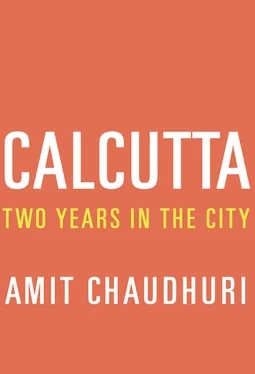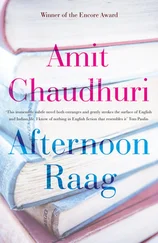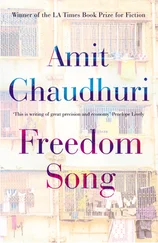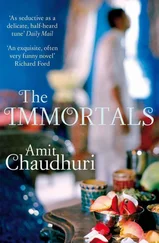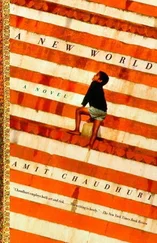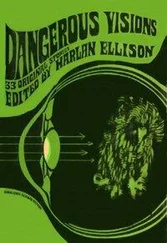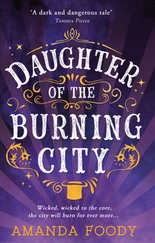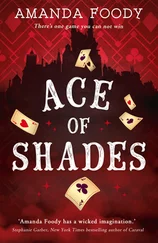Those frail bamboo husks are, for the time being, the last evidence in the year of the great craftsmanship of rural Bengal — the old ingenuity that’s channelled, yet again, into an event such as the Pujas. Something like the shapeliness of those husks, so finely put together despite their angularities, with none of the ricketiness that bamboo scaffolding has when buildings are being painted, is what the traveller Al-Biruni must have run into when he was here, in Bengal, in the tenth century, and found, he claims, not an agricultural but an artisanal society — people everywhere, not growing things, but making things with their hands and implements. I too feel as if I’m witnessing the products of some gift, or talent, special to these parts for centuries as I watch the bamboo structures being dismantled.
By craftsmanship I mean a quality of tactility, of “madeness.” It comes from the instinct to shape and touch things, to impart an intimacy to materials. By the 1860s, that urge seemed, superficially, to have been superseded; Bengalis had ceased becoming artisans and had begun to become artists — poets, sculptors, composers, and, later, filmmakers. As if keeping pace with this change, certain words developed new and startling meanings. For instance, sahitya , which had meant “text” or “textual content” or even “literary content,” came, by the end of the nineteenth century, to mean, specifically, “literature,” or the literary canon. Similarly, kabi , which was the word for an author of a scholarly or orthodox kind, now referred to a “poet,” in the modern sense of the word. The Bengalis had become moderns; no, they were moderns. Speaking of Ishwarchandra Gupta, the great idiosyncratic poet of the nineteenth century, and the major poet of Bengali literature before it became a proper literature, Bankimchandra Chatterjee pointed out in 1885: “Ishwar Gupta is a kabi. But what kind of kabi?” He proceeded to clarify that Gupta might be a kabi, but that he was not a “poet”—deliberately using the English word. But the desire to be an artisan — such as, in a sense, Gupta was — would never quite die in the modern Bengali. The major Bengali painter of the twentieth century, Jamini Roy, a well-to-do bourgeois who studied the conventions of European painting at Calcutta’s Government College of Art, achieved his stylistic breakthrough by turning to the pats , or paintings, by the anonymous patuas of the nineteenth century who plied their works on a variety of sacred and profane subjects in the vicinity of the Kalighat temple. “I am a patua,” said Roy, firmly distancing himself from the term “painter,” in an unwitting but obverse mirror image of Bankimchandra’s remark about Ishwar Gupta.
Tagore, the great Bengali poet, in Bankimchandra’s sense of the term, with his beard, long hair, piercing gaze, and loose robes, the very image of the Romantic, also had deep artisanal impulses that overtook him spasmodically. Witness to these is his interest in bookmaking, in block prints and in engravings; his wonder, as a boy, at discovering the typeface from a printing press; but, most of all, his absorption in not just the style or content of writing, but its primary medium — handwriting or, in Bengali, lipi . For Tagore, handwriting is a craft, upon which he lavishes a subtle affection and which also becomes a means of exploration — it’s no accident that Tagore’s paintings, embarked upon in old age, arise from his manuscript corrections and deletions. It’s also probably logical that one of the products that Tagore endorsed in an advertisement was Sulekha ink. No other modern writer, or culture, has given to handwriting the curious place of privilege that Tagore and bhadralok Bengal have. It’s where labour and design converge.
* * *
Just before the elections, a man called Sandip Roy and I met in a coffee shop near my house. Sandip had asked to interview me for a new web magazine set up by a television channel; he wanted my thoughts on the elections.
We discussed the Trinamool Congress, Mamata Banerjee, the Left Front — and Calcutta, of course. We’d both just returned to the city — I, from a short trip to England; he, from a few years of working in San Francisco. His mother was old; he’d made the move with this in mind, and was barely beginning a new life here — where he’d grown up, unlike me. We began comparing Indian cities — a common pastime when you’re talking about one of them.
“Well, Bombay’s main preoccupation is money, and Delhi’s is power,” I said, unconsciously parroting received wisdom. “Maybe Delhi these days is about both power and money. And Calcutta …”
“Calcutta’s preoccupation is ‘Will you be eating at home tonight?’ ”
He had echoed, verbatim, what my mother says to me, or to me and my wife, whenever we go out in the evening. It’s a question asked uninsistently, but with measured desperation — meant to exert a silent pressure on the person going out of the door. Sandip Roy’s words made me realise that neither I nor my mother are alone or unique. Very few people return to Calcutta today except to be with parents.
When we moved to Calcutta, my father was nearing seventy-eight; he’d accomplished his three-score-and-ten without any major hitches; and, as I write this, he’s less than two months away from being ninety. At seventy-eight, he was still more active and agile than I am now, though, with hindsight, I can see the stealthy signs of dementia — mainly a slight loping oddness of gait — were already present.
Our plan, from 1999 onward, if the world didn’t end on the stroke of midnight at the millennium’s end, as many had hinted it would, was to “divide time” between Calcutta and England. This was what we’d been doing anyway; but the intention was now to invert the previous allocations of the year — to spend fewer months in England, more in India. Part of the reason for this was I didn’t want to discover one day that I was old, not far from death, and still living in England; for some reason, it didn’t seem like the right ending for the story my imagination had constructed of my life. I’d seen it happen to others — couples who’d lived much of their adult life in Bicester, or Rochdale, or in Newbury Park; always deferring the day of departure, always behaving as if they were temporary residents who’d been in England for only the last few months; then, when the time of departure came at last, it was a further deferral of their plans — it was a departure to the afterlife, no doubt another limited stint before they made their way back to Bengal. They were the banal counterparts of the figure in the de Chirico painting which V. S. Naipaul invokes in order to reflect on what he’s still doing in Wiltshire after so many years. We do what we do only with part volition — that much is a truism. I was determined to be neither like Naipaul nor that figure — and to exercise a choice while I was still conscious of the need for it.
My daughter’s coming to the world in 1998 gave me a reason to speed up that decision. And being an only child made necessary that anomalous arrangement — of living with my parents — upon our move. I say “anomalous” not only because such modes of coexistence are long out of date, and an embarrassment, but because they were adhered to not out of any sense of convention — both R and I grew up in nuclear families. So we did what we did as an experiment — the mirror image of what those Bengalis in Bicester do, testing a way of life until it becomes their own without having to acknowledge it. To participate in it, I needed my wife’s tacit agreement. This wasn’t the way she, or I, had conceived the future; for her, living with ageing in-laws in the city she’d grown up in, and with her own parents a five minutes’ drive away.
Читать дальше
